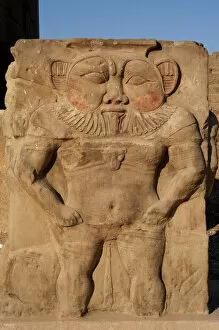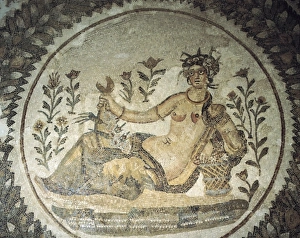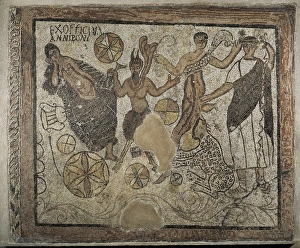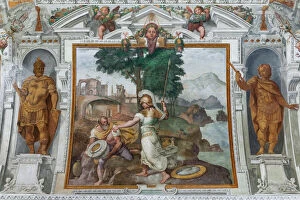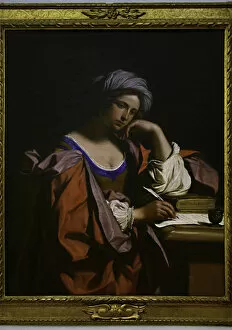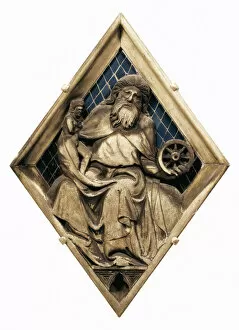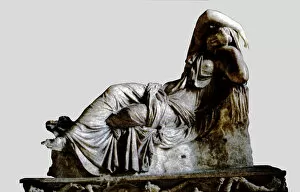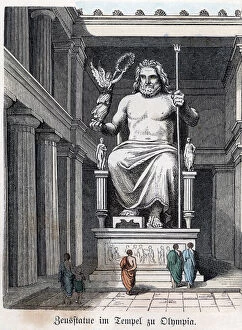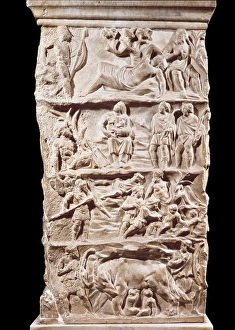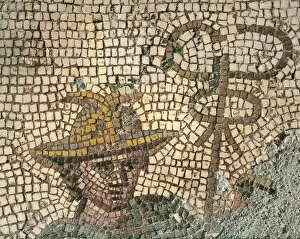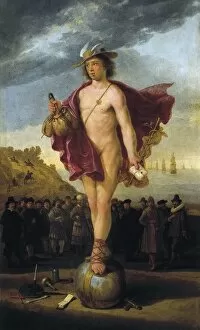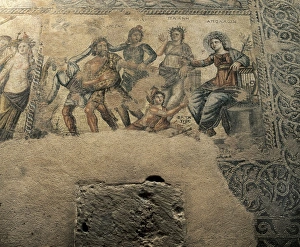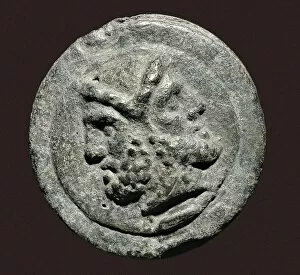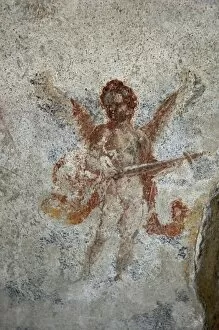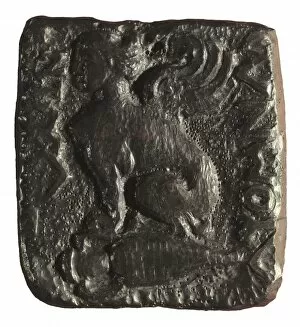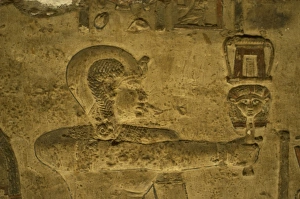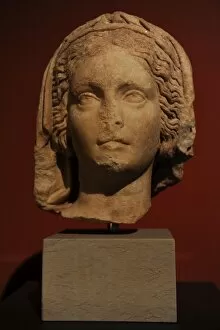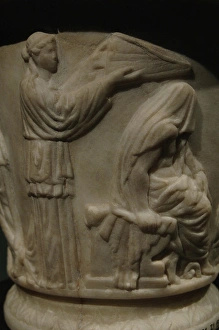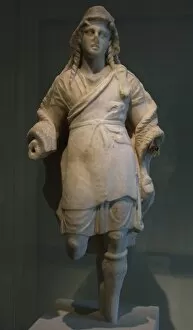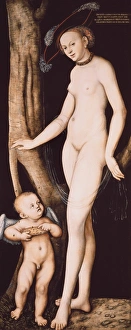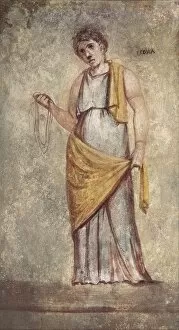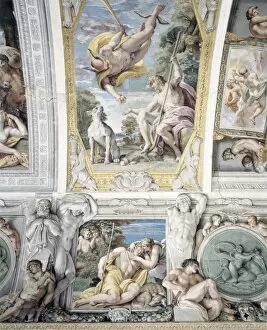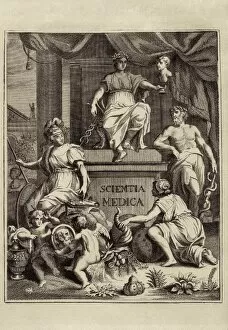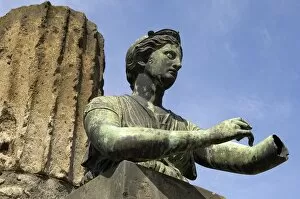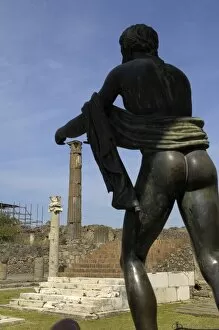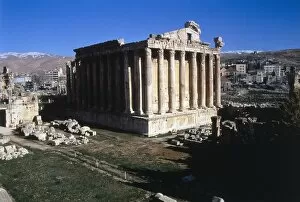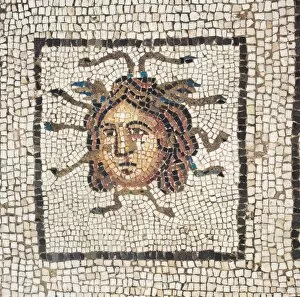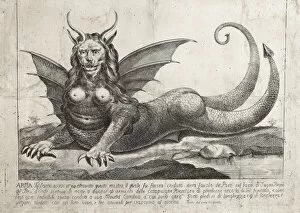Mithology Collection
"Mithology: Exploring the Ancient World Through Art" Step into a world of ancient wonders as we delve into the captivating realm of mythology
All Professionally Made to Order for Quick Shipping
"Mithology: Exploring the Ancient World Through Art" Step into a world of ancient wonders as we delve into the captivating realm of mythology. From Egyptian art to Roman masterpieces, these hints will take you on a journey through time and culture. In Dendera, Egypt, behold the mesmerizing God Bes depicted on a capital column. His unique charm and protective nature have fascinated generations. Traveling to Tunisia, witness the intricate beauty of an early Empire mosaic that tells tales of forgotten civilizations. Created in the workshop of Annius Ponus or Bonus, this artwork is a testament to human creativity. Marvel at a cinerary urn adorned with reliefs depicting none other than Hercules himself. This legendary hero's strength and courage are immortalized in stone. At Ara Casali, be captivated by the legend unfolding before your eyes. The back view reveals stories from ancient times that continue to inspire awe and wonder. Moving across borders to Spain, discover a stunning mosaic showcasing Mercury, messenger of gods. This 3rd-century masterpiece exemplifies Roman artistry at its finest. Albert Jacobsz Cuyp's Baroque painting "Mercury" transports us further into mythology's embrace. With meticulous brushstrokes and vibrant colors, he brings this god to life once more. A Roman vase adorned with Janus reminds us of duality - beginnings and endings intertwined in one divine figurehead. Such symbolism continues to intrigue scholars today. Journeying through Pompeii in Italy reveals Cupid captured forever in Roman art during its Early Empire era. Love personified transcends time as this cherubic deity enchants all who gaze upon him. Ulysses and Minerva come alive within frescoes dating back to c. 1560; their epic tale unfolds before our very eyes as they navigate treacherous waters together. The Persian Sibyl gazes out from an oil canvas painted in 1647.

